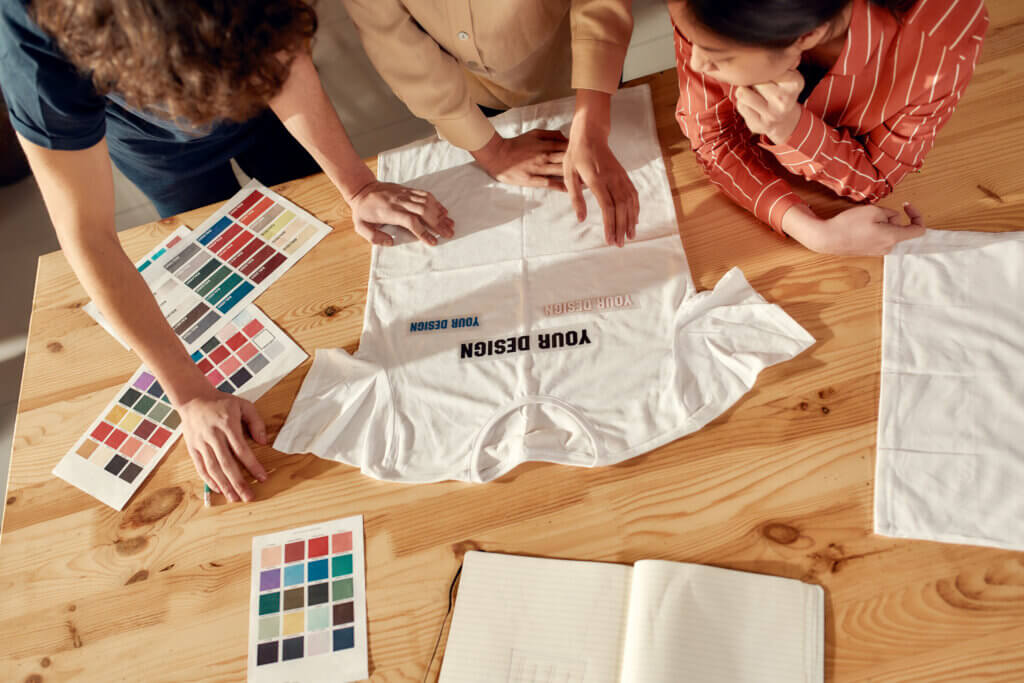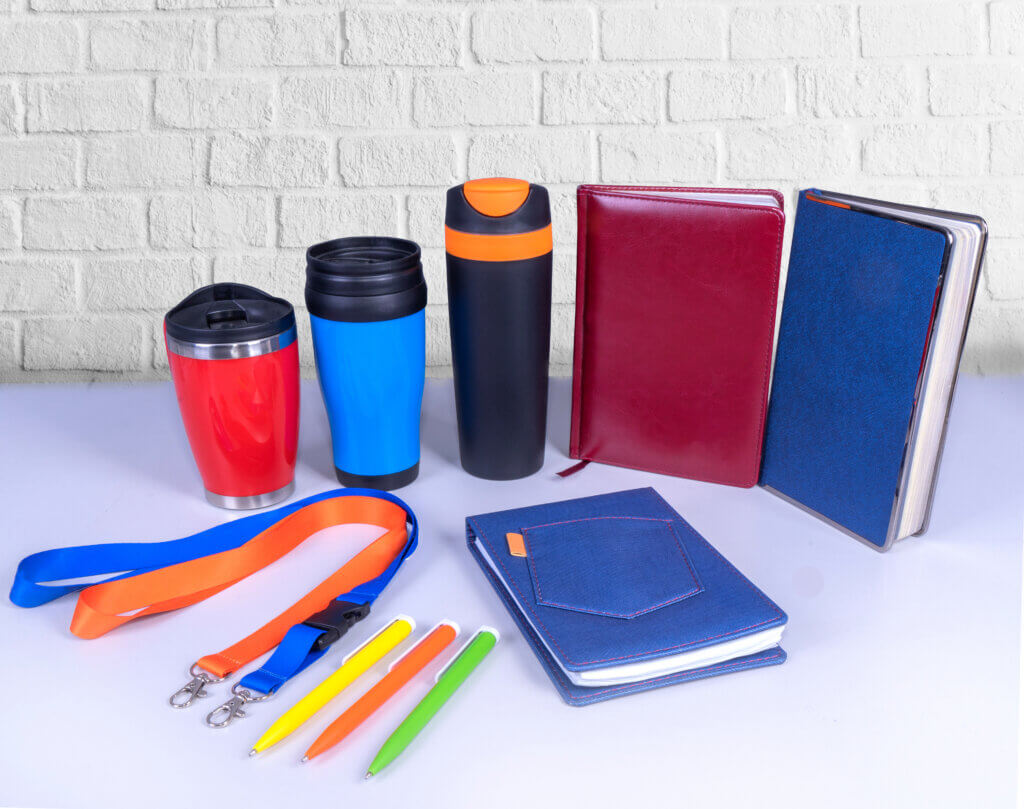An omnichannel strategy in marketing ensures a seamless and integrated customer experience across all channels, online and offline. It aims to provide consistency in messaging, service, and interactions, enhancing customer satisfaction and loyalty. By reaching customers through various touchpoints, brands can increase visibility and awareness while gathering valuable data for personalized marketing campaigns. This promotes higher conversion rates and sales as customers enjoy convenient and frictionless transactions.
In this article, we’ll tackle integrating promotional products into your omnichannel strategy.
What Are Promotional Products?

Image source : AdobeStock
Promotional products are items imprinted with a company’s logo or message. They’re distributed to customers or prospects as part of a marketing campaign.
Corporate branded skins are a specific type of promotional product designed to customize electronic devices like smartphones, laptops, or gaming consoles with a company’s logo or branding. These skins offer a unique and effective way to give practical value to customers and promote their brand.
How to Integrate Promotional Products Into Omnichannel Strategies
Integrating promotional products into an omnichannel strategy involves strategically incorporating these items across various channels and touchpoints to create a cohesive and seamless customer experience. Here’s how to do it effectively:
1. Consistent Branding
Ensure that promotional products reflect your brand identity consistently across all channels, including online platforms, physical stores, and marketing materials.
2. Personalization
Use data from different channels to personalize promotional product offerings based on customer preferences, behaviors, and purchase history.
3. Cross-Promotion
Promote promotional products across multiple channels, such as social media, email marketing, website banners, and physical signage, to increase visibility and reach.
4. Incentives and Rewards
Incorporate promotional products as incentives or rewards in loyalty programs, contests, or special promotions to encourage customer engagement and loyalty.
5. Integration with E-commerce
Offer promotional products as add-ons or incentives for online purchases and ensure seamless integration with e-commerce platforms for a smooth checkout experience.
6. Branded Events and Experiences
Use promotional products to enhance branded events or experiences both online and offline, providing attendees with tangible reminders of your brand.
7. Customer Engagement
Use promotional products to encourage customer engagement and interaction, such as giveaways, contests, or interactive experiences that incorporate the use of branded items.
8. Analytics and Measurement
Track the effectiveness of promotional products across different channels using analytics tools to understand their impact on customer engagement, conversions, and overall ROI.
Examples of Promotional Products Per Strategy
Make your brand more popular to customers and stakeholders with promotional products. This is one of the best customer strategies you can invest in for your omnichannel strategy. Here are some recommendations for integrating promotional products into specific aspects of an omnichannel marketing strategy:
1. Online Engagement
For online engagement, consider offering branded USB flash drives as a gift with purchase for online orders or as a reward for signing up for newsletters. Additionally, customized tech accessories like phone stands or webcam covers can serve as incentives for participating in online surveys or social media contests. Branded tote bags can also be provided as a gift for customers who reach a certain spending threshold on your e-commerce website.
2. In-Store Experience
Enhance the in-store experience by providing custom apparel such as T-shirts or hats during special events or promotions. Offer promotional pens as complimentary items for customers filling out feedback forms or signing up for loyalty programs in-store. Branded water bottles can also be given as a gift with purchase for in-store transactions above a certain amount.
3. Events and Experiential Marketing
Elevate your events and experiential marketing efforts with customized event swag like lanyards or badges for attendees at trade shows, conferences, or corporate events. Branded power banks can serve as practical giveaways for guests at product launches or sponsored community events. Personalized notebooks or journals can also be distributed to participants at workshops or seminars as a tool for note-taking, featuring your brand prominently on the cover.
4. Customer Loyalty and Retention

Image source : AdobeStock
Foster customer loyalty and retention by sending customized drinkware such as coffee mugs or water bottles as surprise gifts to loyal customers or as part of a membership renewal incentive. Branded keychains can also be included as a bonus gift for customers who refer friends or family members to your business. Promotional calendars can further express appreciation to long-term customers during the holiday season, featuring your brand logo prominently.
5. Social Media and Influencer Marketing
Branded stickers can encourage user-generated content sent to customers who share photos or videos featuring your products on social media. Additionally, personalized magnets or decals created with influencers can be distributed to their followers, increasing brand visibility and engagement.
Conclusion
Promotional products seamlessly integrate into an omnichannel strategy by providing tangible touchpoints across various online and offline channels. They reinforce brand identity consistently, whether in-store, online, or at events, fostering a cohesive customer experience. With customization options and practical utility, promotional products engage customers across multiple touchpoints, driving brand awareness, loyalty, and conversion.


